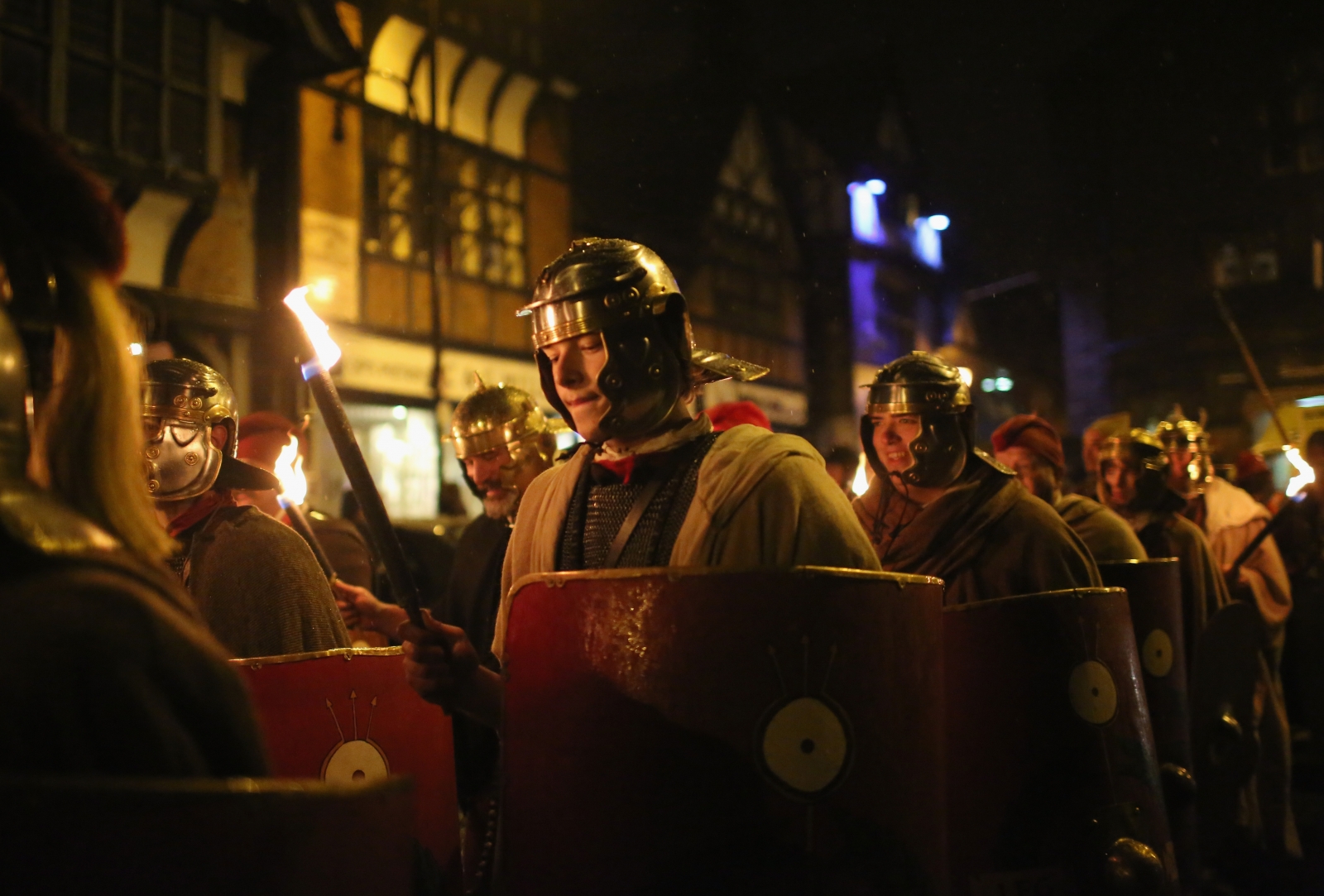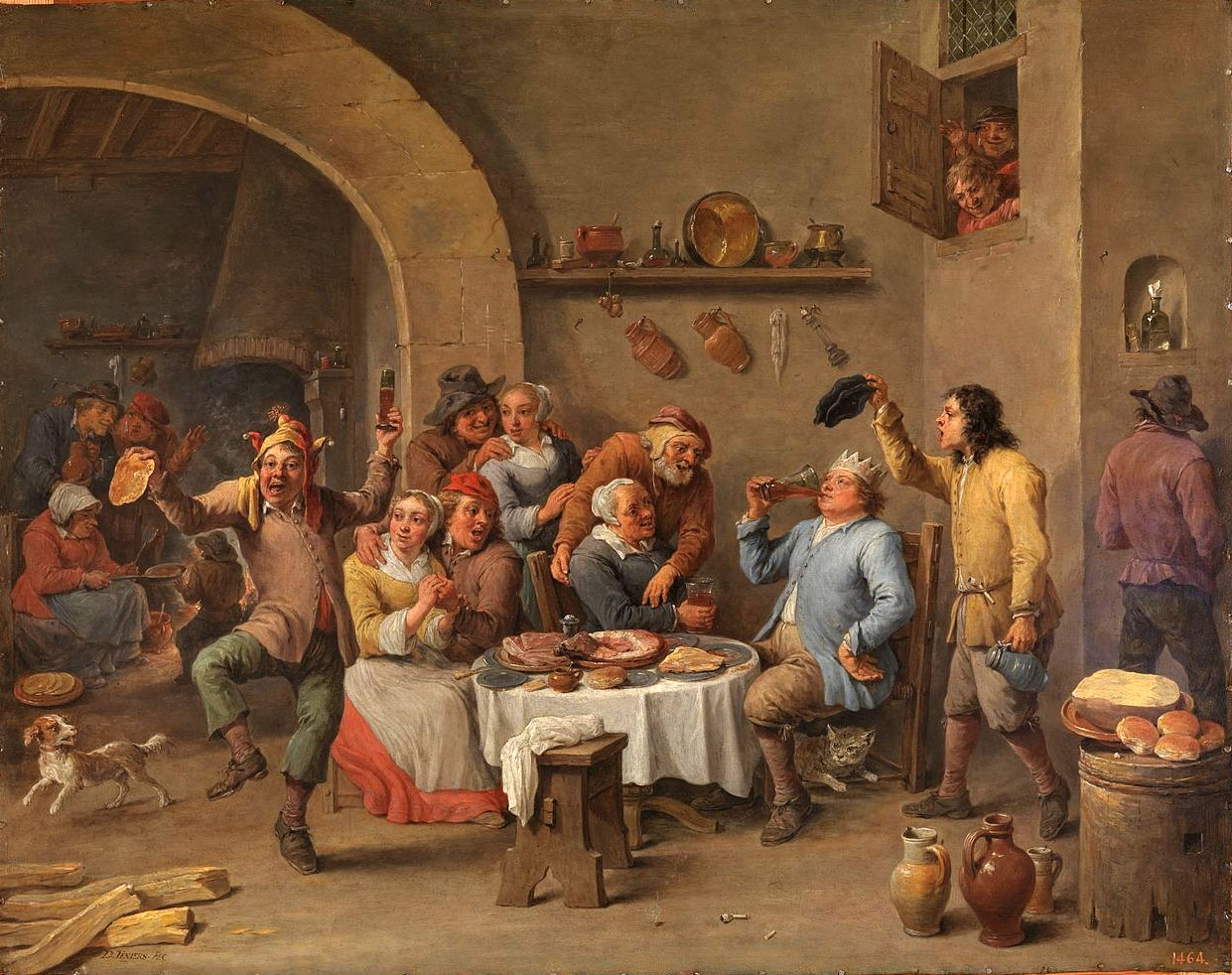
The saturnalia free#
“Everywhere there is clapping and singing and playing games, and everyone, slave and free man, is held as good as his neighbor,” he says. In one ancient account, the god Saturn was featured describing the festival. Digital image courtesy of Getty’s Open Content Program These “deluxe” knucklebones, pictured below, do not go together, but numerous examples have been found across the Roman Empire and are frequently depicted in painting and sculpture, suggesting the widespread popularity of the game.Īstragalos, 2nd–1st century B.C., Greek. They were later fashioned from all sorts of materials like wood, stone, terracotta, but also fancier mediums like translucent glass, bronze, gold, ivory, and precious gems. As their name implies, they were originally made from the foot bones of a goat or sheep-easily accessible and cheap. Knucklebones ( tali or astragaloi in Greek) were used for games of chance-they could be rolled like dice or played like jacks.

According to some accounts, you were only supposed to gamble for nuts, not money, to recreate the golden age of Saturn. Gambling, normally outlawed, was allowed in public. When the Roman poet Statius attended Emperor Domitian’s Saturnalia feast in the late first century AD, he left this five-star review: “Who can sing of the spectacle, the unrestrained mirth, the banqueting, the unbought feast, the lavish streams of wine? Ah! now I faint, and drunken with thy liquor drag myself at last to sleep.”ĭuring Saturnalia, a time of jovial merrymaking, many social norms were relaxed and inverted. Businesses and law courts were closed so everyone could take part. In Rome, the holiday was kicked off with a religious ceremony in the Temple of Saturn, followed by a free public banquet open to all. Originally just one day, over the centuries the festivities grew to last a whole week, starting on December 17 and coinciding with the winter solstice.⠀ Happy Saturnalia! This ancient Roman holiday honors Saturn, the god of seed-sowing, and celebrates the promise of a spring harvest. If you are sightseeing in Rome, I strongly recommend a Roma Pass, and for an excellent guide to the archaeology of Rome, Amanda Claridge’s Oxford Archaeological Guide of Rome is my choice.Fresco Panel Depicting Dionysos and Ariadne (detail), A.D. Today the Temple of Saturn is part of the Roman Forum, and the entry fee covers both the Forum and the Palatine Hill. The only fresh material used in rebuilding the temple’s façade was the white marble out of which the Ionic capitals were made.Īs the god of seed and sowing, and also associated with wealth and abundance, it is perhaps not surprising that a temple dedicated to Saturn housed the state treasury. All the others were made by fixing together broken lengths – hence the bracing we see around the shafts today. Of the eight columns, only three were created using a single, solid piece of stone. For example, the shafts of the standing columns were all created from shafts of stone that were once part of other architectural features. The ruins of the temple’s façade are a good example of what is termed spoila, in re-building the temple builders made use of stone from other, older buildings. The striking line of columns we see amongst the ruins of the Forum today are the remains of a later temple that was constructed sometime between 360 and 380 AD following a very destructive fire. The cult of Saturn was already quite old, and it is thought that the first temple was dedicated on the very same spot in about 497 BC.


Looking from the Capitoline Hill over the Roman Forum with the Temple of Saturn in the foreground.In Rome, the physical focus of the festivities was the Temple of Saturn, the most visible remains of which are the eight Ionic columns at the western end of the Roman Forum, just at the base of the Capitoline Hill.


 0 kommentar(er)
0 kommentar(er)
